Think royal, extravagant, and one-of-a-kind—that’s exactly what the Paithani weave is all about. The hand-woven textile is made from silk so fine, its luxe appeal is revered by artisans, designers, and fashionistas all over Maharashtra and beyond. We take a trip back in time to discover its history and also explore its revival in modern fashion.

Dia Mirza in Gaurang
The glorious weaves of Paithan
Born in Paithan, the splendid region of Maharashtra where the Satavahana dynasty ruled, Paithani is an ancient weaving technique that dates back to 200 BC. The weave uses tapestry where multiple threads of different colours are woven together with gold and silver threads to form a rich, fascinating piece of silk. As Paithan was the hub for international trade for cloth, Paithani silk travelled not only throughout the Deccan region, but also made its way to the Roman Empire in exchange for gold! Around the 18th century, silk was even imported from China to create the weave. Under the Mughal rule, floral motifs were added to its appearance, but soon after, it was taken under the wings of the Peshwas once again in Yeola, Maharashtra. Over time though, in the absence of royal patronage, Paithani became an ignored textile form, though has seen a revival in recent times.

Neeta Lulla
Paithani: made with perfection
What truly sets the Paithani weave apart is its close association with nature and Maharashtrian culture. The traditional, colourful motifs take inspiration from flora and fauna. The most common traits of the saree are its oblique square designed borders and pallus embellished with peacock designs. The sarees come in a range of deep, royal shades like purple, maroon, and orange, with a gold metal border of thread, i.e. the zari. During the rule of the Marathas, the zari was made from pure gold mixed with copper. No wonder then the Paithani is known as one of the richest sarees of Maharashtra. It can take an artisan anywhere between 2–24 months to intricately spin the fabric with bright motifs and zari (which now consists of silver and other metals), creating a piece that goes on to become an heirloom.

Gaurang
Reviving Paithani
The younger generation of weavers and artisans are working hard to carry forward the legacy of Paithani. Many of the country’s best fashion designers are backing them to help revive the opulent textile for the modern world to experience. One such designer is Gaurang Shah, who has often includes Paithani as a prominent feature in most collections. He is known to experiment with the texture, using fabrics like tussar and organza, but sticks to the traditional hues of pink, yellow, green, and orange. Then there’s Neeta Lulla, who has contemporized the weave in different silhouettes and styles for the global consumer, with her creations of trousers, jackets, and long kurtas bathed in peacock, parrot, and lotus motifs. Swapnil Shinde added a 50s style Hollywood spin to the Paithani weave in the form of flirty dresses.

Swapnil Shinde
Styling Your Paithani
By now, it has been well-established that the luxurious Paithani weave is here to stay, and for good reason. So if you’re looking to wear it on your big day or simply add it to your wardrobe, we’ve got you covered:
- Choose the weave for your pre-wedding functions. Instead of opting for a Paithani saree, you could wear a Paithani lehenga for a pre-wedding dinner or a Paithani kurti with palazzos for a puja.
- Mix it up by pairing a Paithani anarkali with a different fabric, for instance, a Kanjivaram dupatta.
- Try a modern choli design, with perhaps an interesting back, to wear with the traditional weave, thus creating a contrast of old and new.

Sonam Kapoor in Gaurang
What do you think of the Paithani weave? Tell us in the comments below.

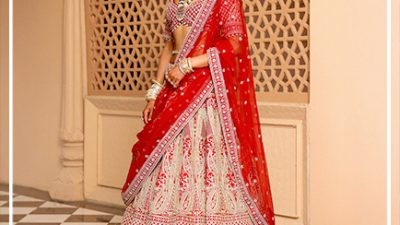
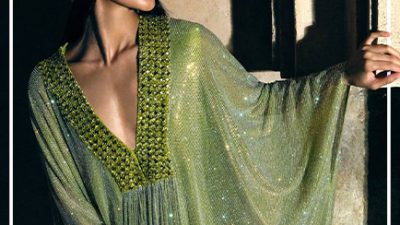

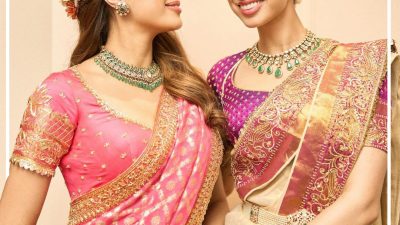
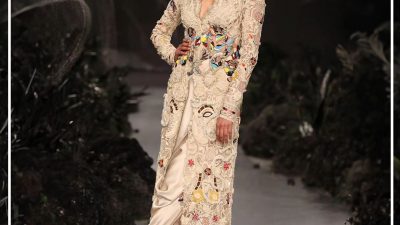

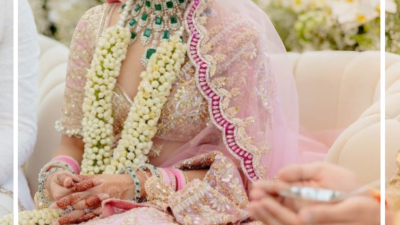

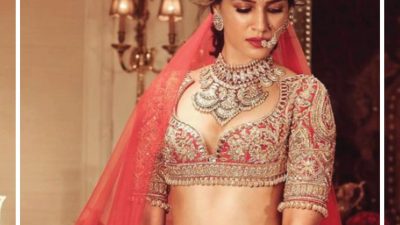
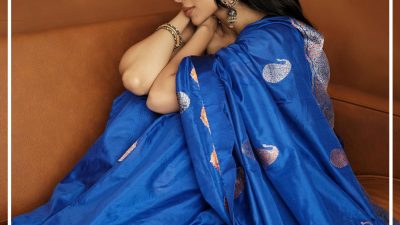
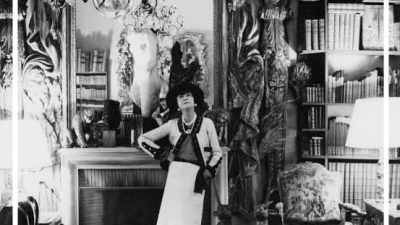
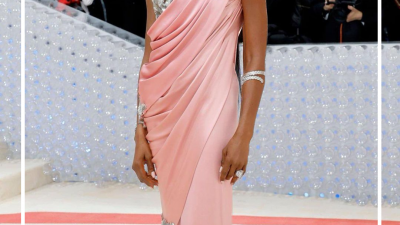

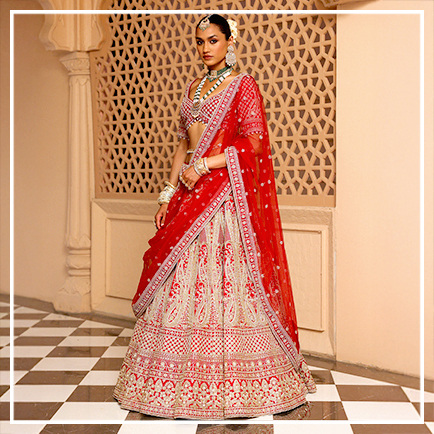


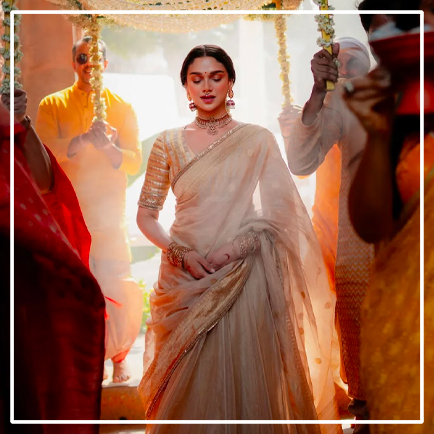
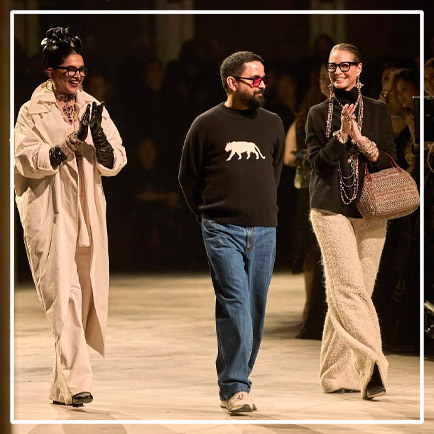

Comments